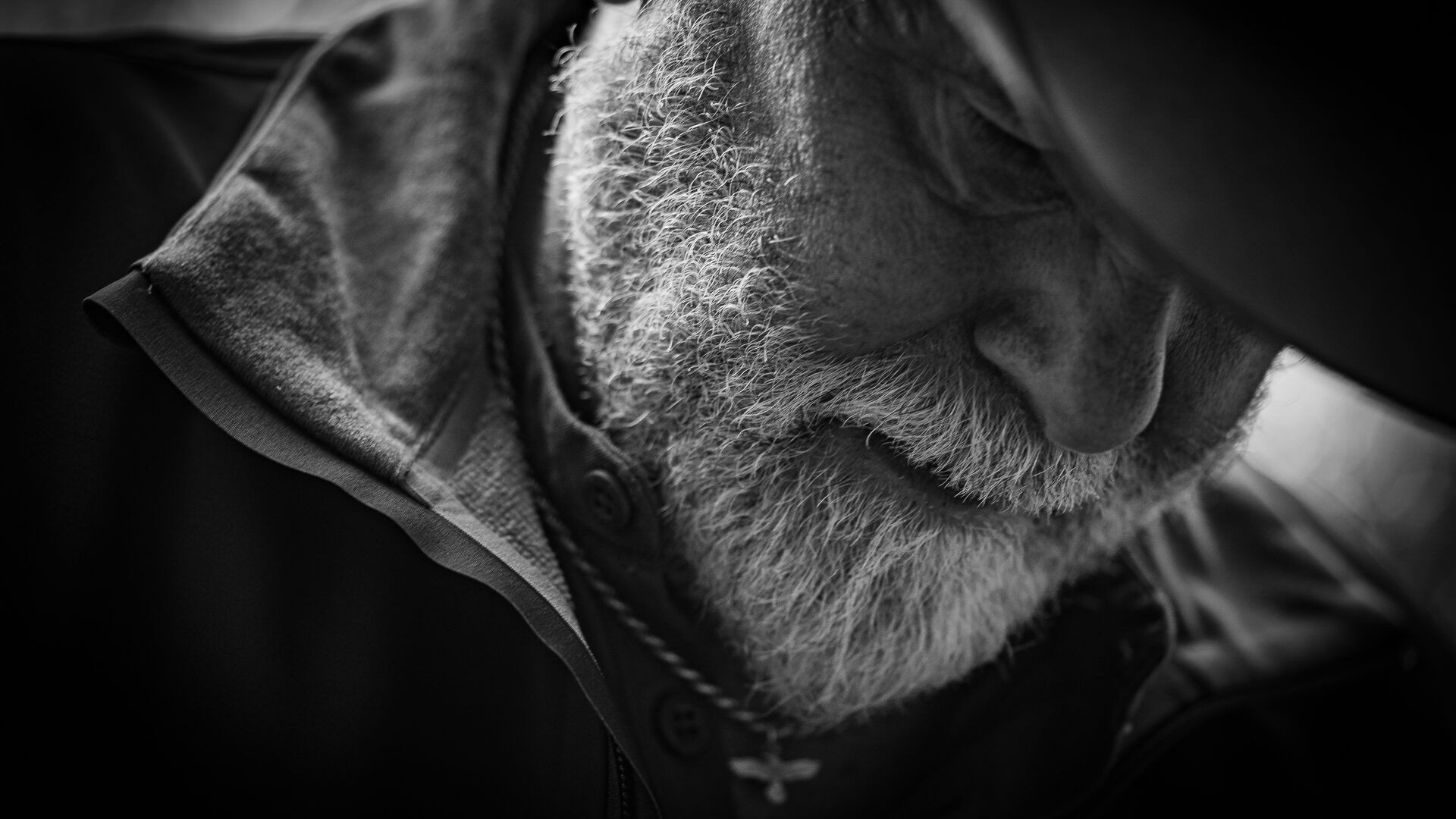The first handgun mounted laser sight I saw was in the mid 1990’s. I was running combat style pistol matches for my Fraternal Order of Police (FOP) Lodge. For most of the matches we hosted I tried to keep the scenarios realistic with a focus on the shooter having to deal with conditions they might have to actually deal with in real life. Still, we always had the gamers – those looking for a way to beat the rules or system – show up. One of those was a fellow named Gardisky.
Gardisky worked at a local gun shop and fashioned himself a pistolsmith; claiming he could customize a 1911 like no other. At a previous match I had to ask him to leave the line because the 1911 he had built went full-auto. At this night match, Gardisky showed up with a laser mounted to his handgun.
This was a clumsy looking affair, which was screwed to the underside of the frame of a 1911. It had wires running back to the grip and to me it looked like the pistol was on some sort of life support. While Gardisky was on deck to shoot, another competitor suggested that while Gardisky was shooting, he would confuse him with a laser pointer.
Now, admittedly, this was a very unsportsmanlike thing to do. However, none of the 40 or so folks shooting this match liked Gardisky; they were tired of his complaining and continual efforts to game the course of fire. I’ve always liked a good practical joke and gave the go-ahead. But, not just as a joke. You see, we wanted realism and I figured a shooter equipped with a laser might have to distinguish between his laser and that of another friendly in a situation like this. Yeah, I thought the interference with the laser pointer would be funny, but practical too.
I know, I was reaching for a justifiable excuse.

As a point of fact, it was both funny and practical and at the end of the stage, Gardisky’s score was deplorable. After I stopped laughing, I explained to Gardisky why we did what we did; that it was not unreasonable in a situation like this to expect your wing man to have a laser too; that you need to be able to distinguish between your laser and the laser of your partner. I also apologized and offered to refund his entry fee and let him shoot again for free.
He declined and took his new fangled laser equipped handgun and left. The up side was we did not have to deal with him at our matches anymore. Did I feel guilty then? Nope. Do I now? Nope.
That incident turned me against lasers. Not because of the two lasers on target problem but because that laser, which was state of the art for handguns at the time, was a novel piece of junk at best. It was another five years before I would give a handgun mounted laser the attention it deserved.
Out in Oregon, Lou Danielson was of a different opinion. Lou, a shooter who was operating a high-tech tooling company, became interested in handgun lasers. Lou was smart enough to recognize what a laser had to offer shooters and he decided to manufacturer the best handgun mounted laser money could buy. Lou and several others formed a company called Crimson Trace.

In 1994 Crimson Trace started offering a laser conversion for Glock handguns. They designed this laser to address all the things they did not like about the handgun lasers currently available. It needed to have holster compatibility, no exposed wires and precision adjustments. It also needed to be reliable, not ugly, and with minimal bulk. By working with the available space inside the Glock’s frame, Crimson Trace created a laser mounted to the vertical portion of the trigger guard and all the wires and the batteries were internally housed.
It was literally an ingenious creation. You simply sent your Glock to Crimson Trace and one week later they returned it with the laser conversion. Cost? $ 595.00. Now, almost 20 years later, there are still about 1400 of these Crimson Trace converted Glocks in use and Crimson Trace still services those units.
This conversion got people’s attention. No longer did a handgun mounted laser have to turn a handgun into the hunchback of Notre Dame. About a year later, Crimson Trace introduced the laser grip. At that time, most handguns had grip panels and it was the obvious choice for aftermarket laser attachment, particularly on steel framed handguns. The first laser grips were for the Beretta 92, the 1911 and the Ruger Mark II. Cost? $ 395.00.

Now Crimson Trace offers both grip and rail mounted lasers priced from as low as $ 159.00 for the Rail Master to as much as $ 399.00 for Maser Series 1911 Laser Grips. For 2016 they have introduced the LiNQ. This is a laser and light system designed for the AR and it is a wireless unit. You’ll see more about it here soon.
I doubt Lou ever dreamed the company he started about 20 years ago would take the world by storm and eventually dominate the laser sight industry. If Gardisky had brought an instinctively activated Crimson Trace laser to our shooting match, my transition to lasers would not have taken so long and he would not have left in a pout. Thanks to Crimson Trace, for defense firearms applications the laser is no longer an accessory, it’s a necessity.

Portions of this post include a condensed excerpt from the book, Handgun Training for Personal Protection by Richard Mann.



